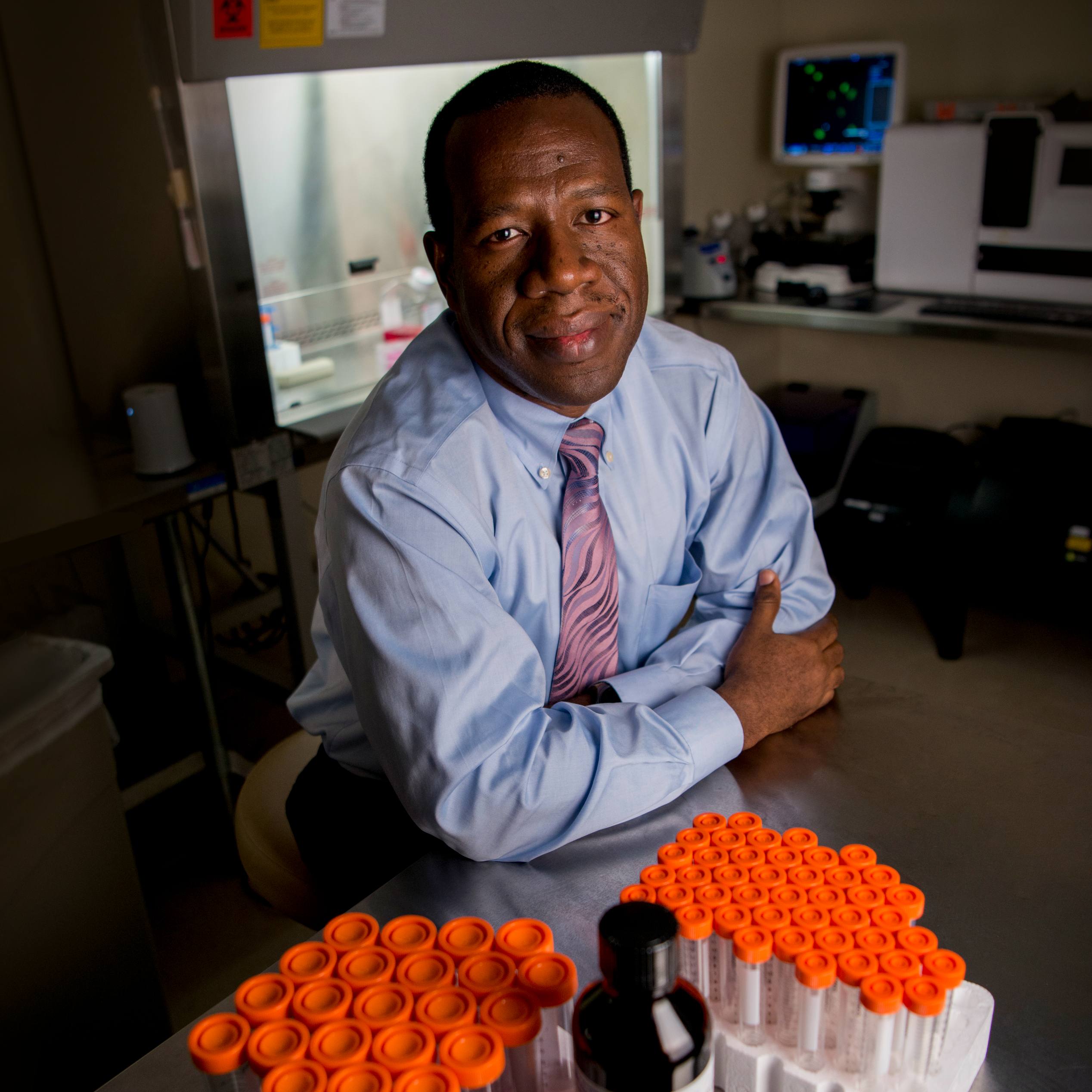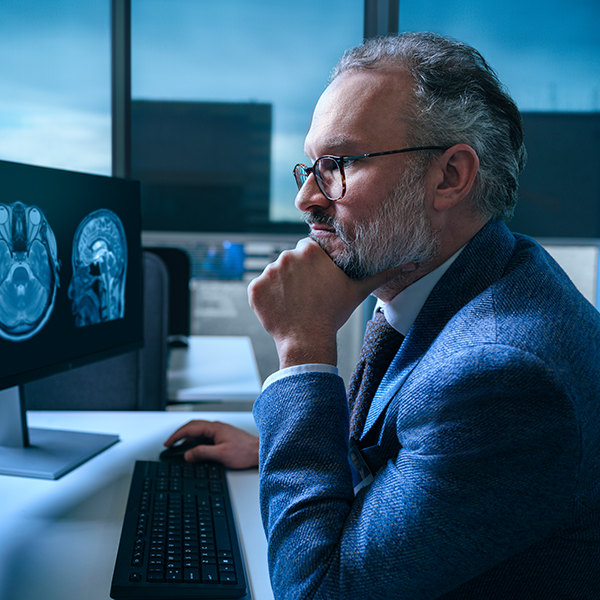-
Science Saturday: Researchers elucidate details about the role of inflammation in liver regeneration
The liver has the greatest regenerative capacity of any organ in the body, making it possible for surgeons to treat cancerous and noncancerous diseases with extensive surgical approaches. However, underlying chronic liver diseases, like cirrhosis or nonalcoholic steatohepatitis, are known to inhibit the liver's ability to regenerate after surgery. Without regeneration, the liver cannot function, and patients can develop postoperative liver failure — often a lethal complication.

In a recent paper published in JHEP Reports, Mayo Clinic researchers and collaborators identified that many genes rapidly change their expression during in-human liver regeneration. While most of these genes were associated with inflammation, they found patients with dysfunctional liver regeneration experience an aggravated, overwhelming inflammatory response within the liver. A certain level of inflammation is needed to spur effective liver regeneration. However, the liver fails to regenerate when there is too much of an inflammatory response.
"We were able to demonstrate that blood cells associated with inflammation, called neutrophils, play a critical role in human liver regeneration after liver resection," says Patrick Starlinger, M.D., Ph.D., a hepatobiliary and pancreas surgeon at Mayo Clinic and first author of the paper. "Until now, data from animal models have indicated that a lack of these cells is critical in liver regeneration, while an overwhelming response seems to be an issue in humans."
Dr. Starlinger and colleagues reviewed blood samples of 154 patients and intraoperative liver tissue samples of 46 patients who required liver resection. The patients were then classified as having either normal or dysfunctional liver regeneration and followed for 90 days after surgery. A cohort of patient samples also were used for RNA sequencing.
Using RNA sequencing, the researchers also discovered that a gene known as DUSP4, found within liver sinusoidal endothelial cells (LSECs), was significantly dysregulated in patients experiencing dysfunctional liver regeneration.
DUSP4 is a gene that controls how endothelial cells, a significant participant in and regulator of inflammatory reactions, respond to sites of inflammation. If DUSP4 levels are lower, LSECs react more intensely to the inflammation and allow more neutrophils to accumulate in the liver — resulting in an excessive inflammatory response.
This suggests that DUSP4 dysregulation might be a major contributing factor to the aggravated inflammatory response observed in patients with dysfunctional liver regeneration.
Dr. Starlinger says this gene could be a potential target for therapeutic strategies administered before or after surgery to prevent liver failure in patients undergoing hepatic resection.
"This represents a true paradigm shift as therapeutic strategies to support liver regeneration mostly rely on data from these animal models," says Dr. Starlinger. "Identifying this process in humans is crucial in patients' outcomes after liver resection, and as we continue to understand this process better, ultimately, we can make liver surgery safer for our patients."
This research is supported by a grant from the National Institutes of Health, the Medical Scientific Fund of the Mayor of the City of Vienna, and the Austrian Science Fund. See the research paper for a complete list of authors, disclosures and funding.








